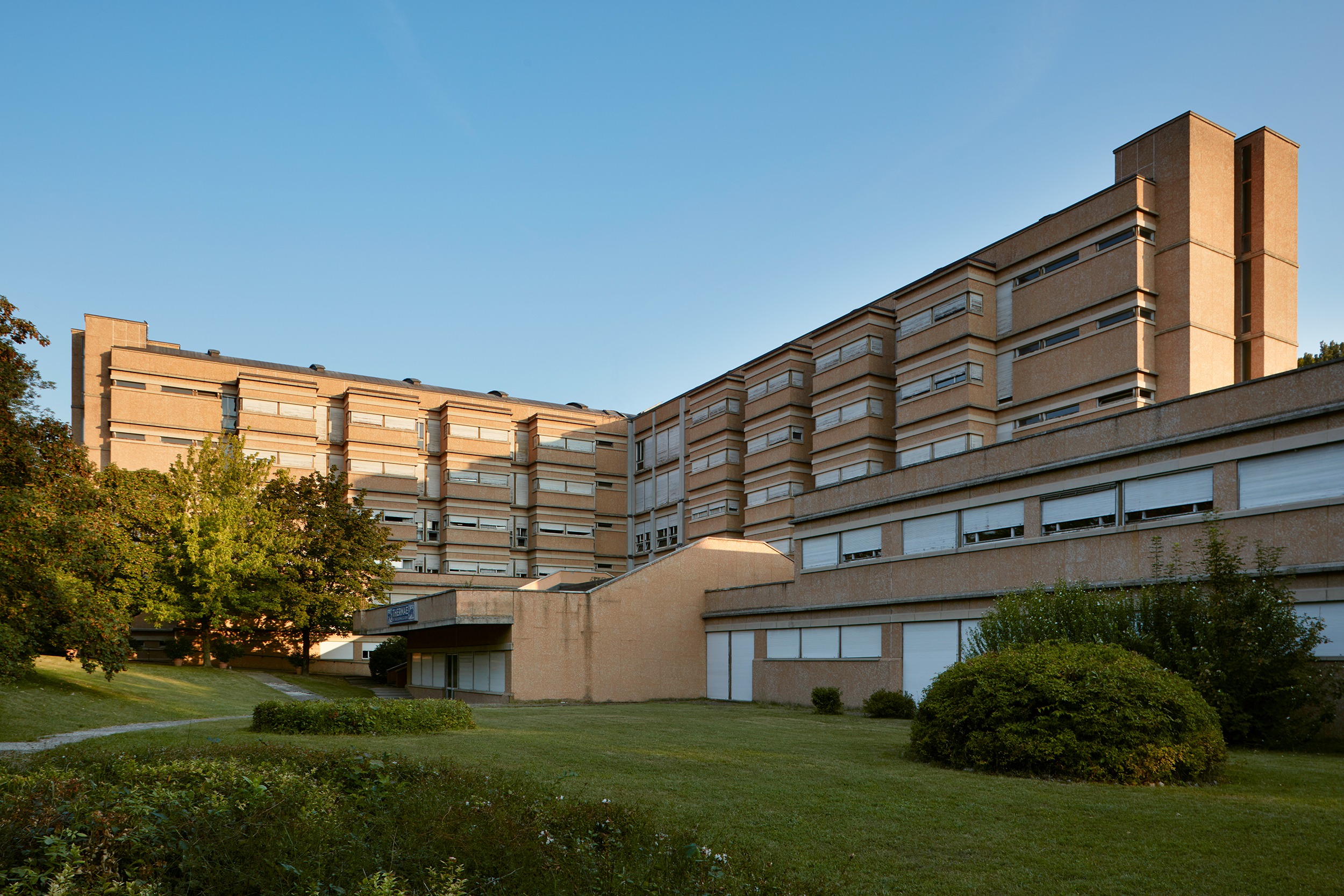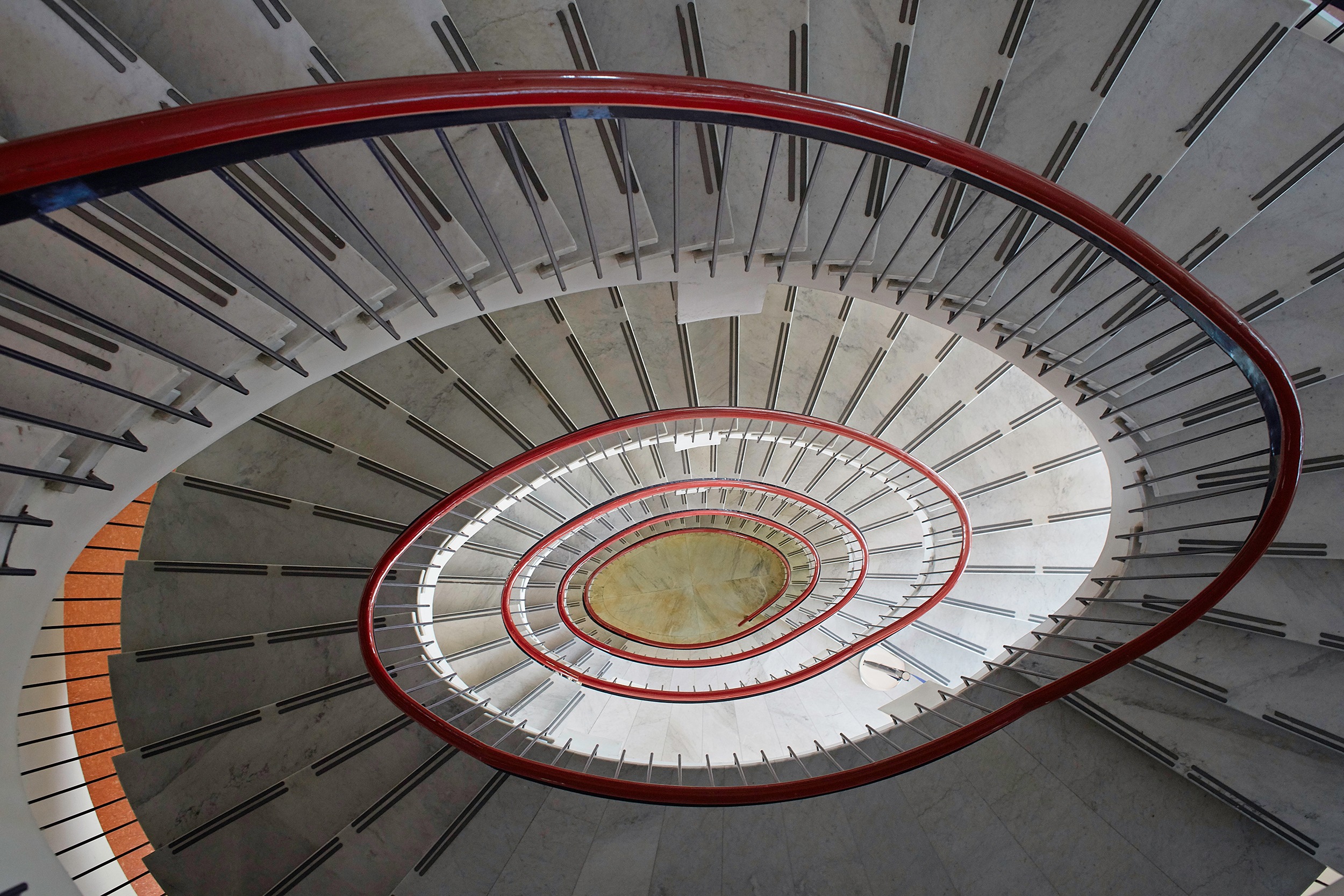Few people in Italy are aware of the existence of Terme Luigi Zoja, a spa built in the 1960s to a design by the renowned Albini-Helg architecture studio, which showcases the democratisation of the well-being that followed the country’s post-war economic boom.
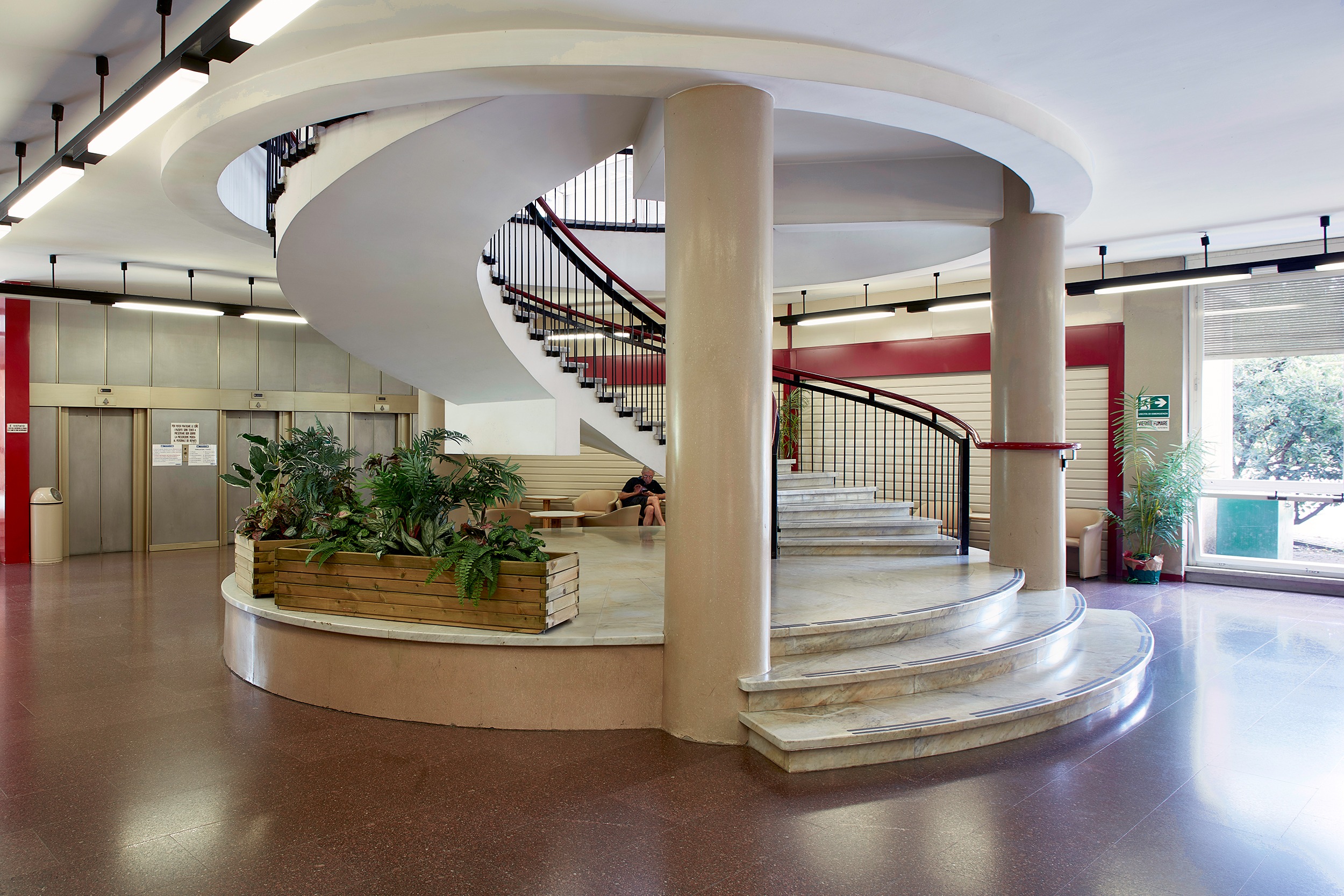
When I entered the main atrium of the Luigi Zoja spa, all I could think of was Line 1 of the Milan Metro. The linear forms and red handrails on the stairs are not obvious associations, but are in fact key to defining the style of the architecture studio that designed both projects: Albini-Helg, a partnership between Franco Albini and Franca Helg, leading figures in Italian architecture and of Italy’s design scene in the 1960s.
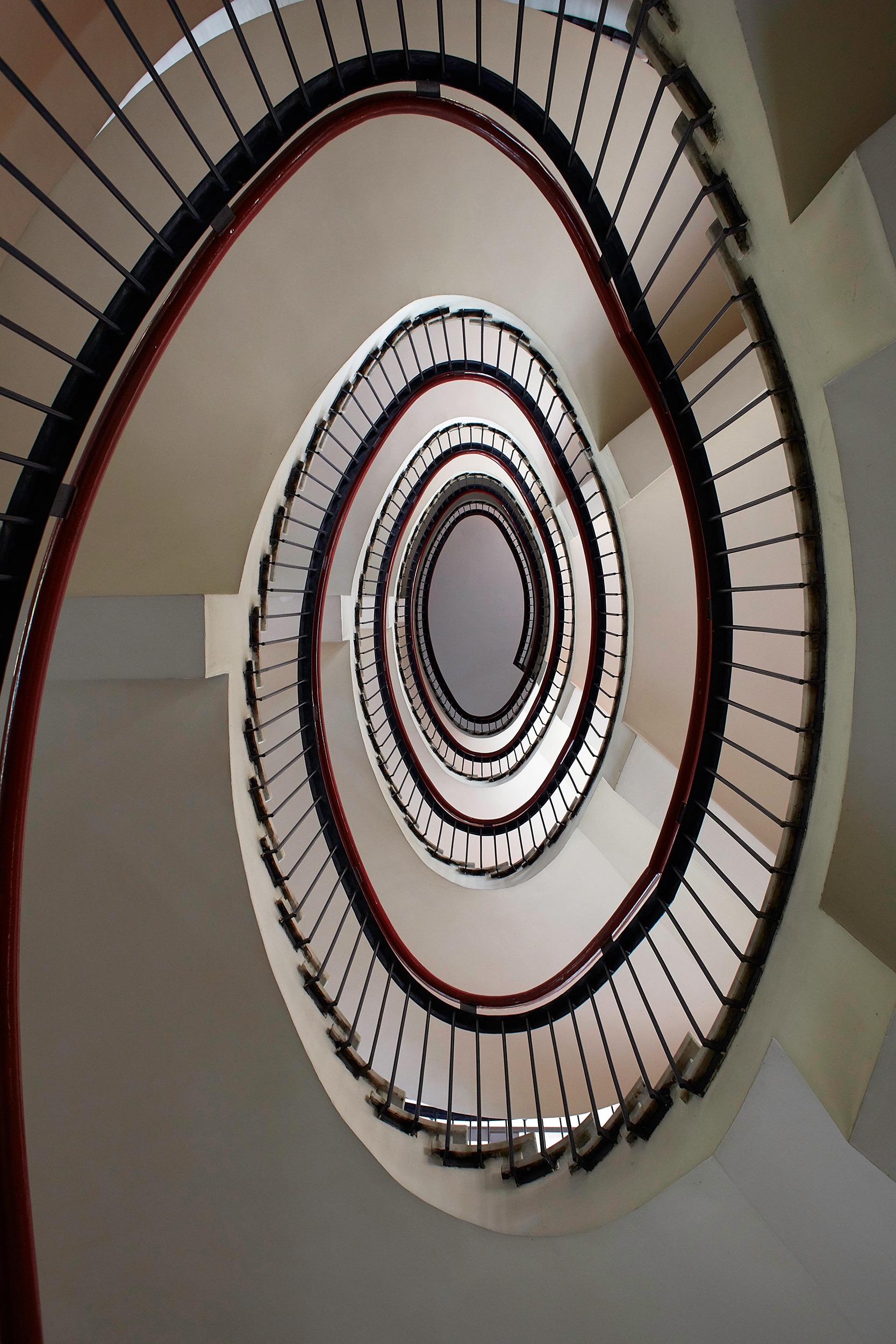
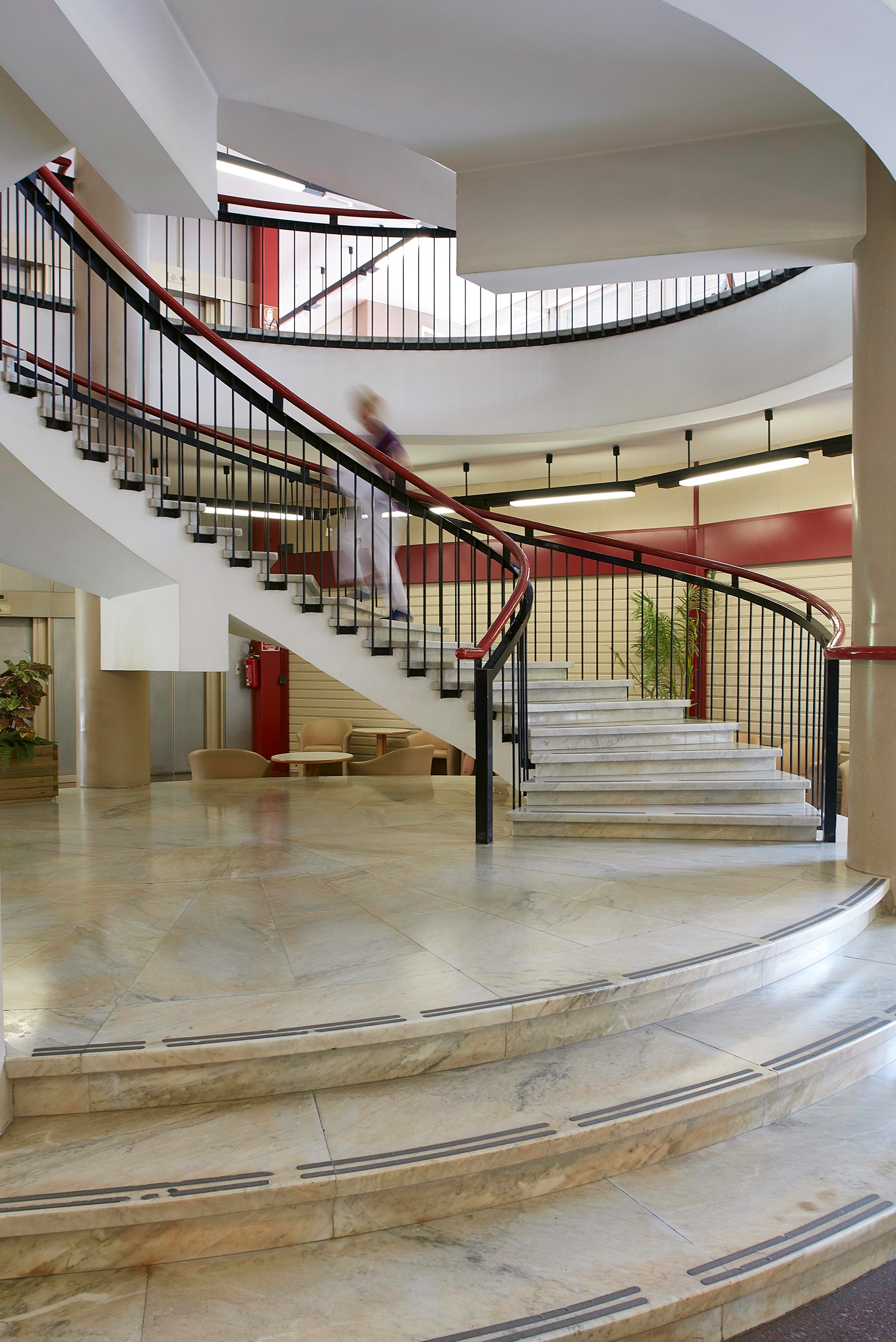
That was undoubtedly a momentous period in the country’s development, characterised by growth that not only improved the daily lives of the population, but also made certain luxuries accessible, including physical wellness and preventive health care. It was with this in mind that a new spa was founded in Salsomaggiore Terme, a town near Parma that had until then only been a destination for the elite who frequented Terme Berzieri, a spa housed in a stunning building dating from the 1930s that was built in the Liberty style, the Italian version of Art Nouveau. With this new construction, the town was poised to become a mecca for thousands of people every day. “At our peak, we welcomed 180,000 customers in a single year,” says Stefano Soranzo, head of communications.
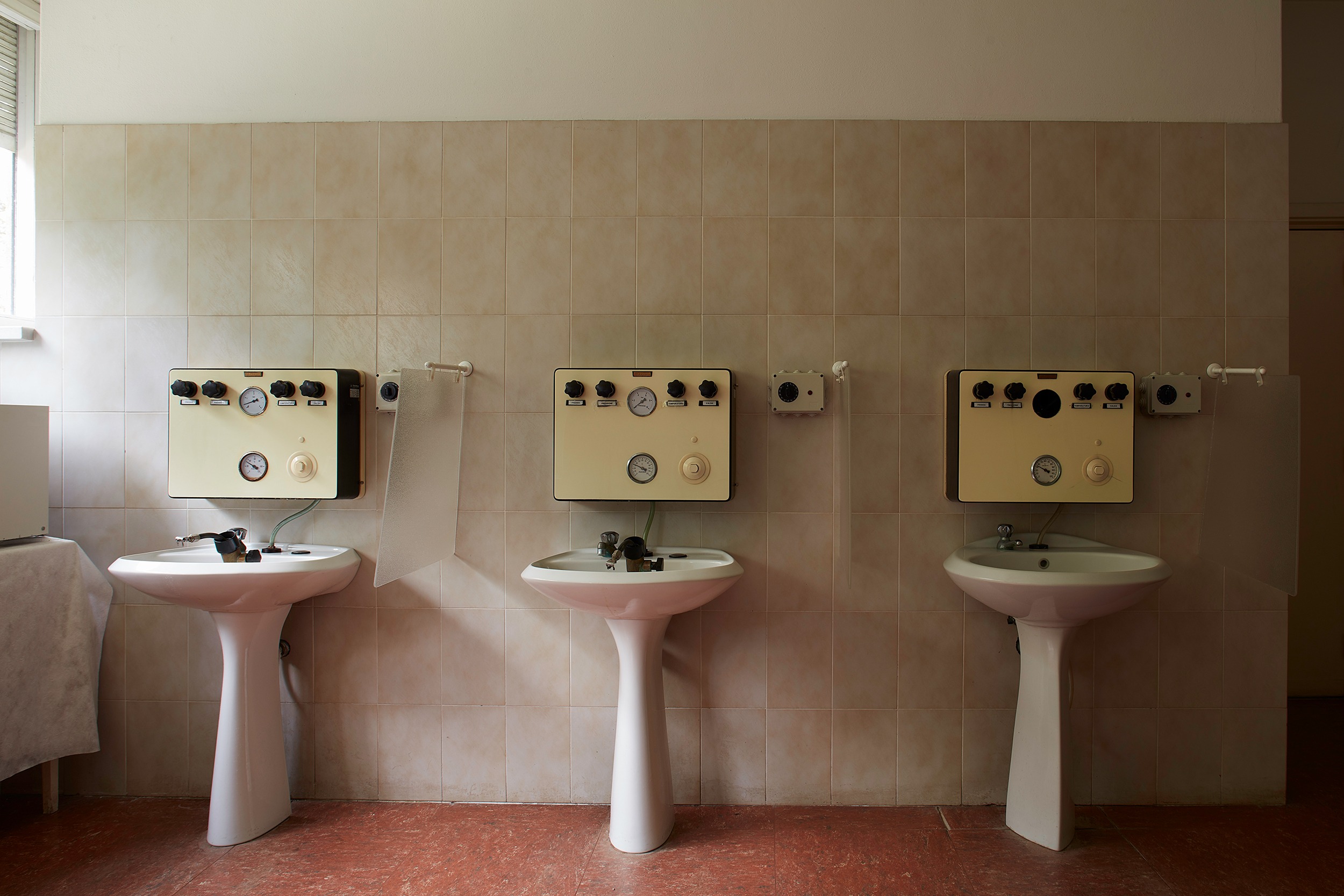
Albini and Helg’s designs won the public tender, and work began in 1967 on Terme Luigi Zoja, (named after Dr Luigi Zoja). Although part of the complex was already up and running by 1968, the grand opening of the five-storey complex – which extends over 3,600 square metres – took place in 1970. Walking through the building is almost like going back in time through the best of Italian design, from the changing room doors with their rounded finishes to the geometric tiles in the guest rooms. In addition to the incredible staircase, a highlight is the famous Tre Pezzi armchairs, veritable collector’s items designed by the duo in 1959, which are eye-catching features of the lounge where regular guests meet between treatments. “Even people who are unaware of our architectural history love this space, where they can sit, talk and watch time go by,” says Monica Lesignoli, the guest services manager who has worked with the company since the 1980s.

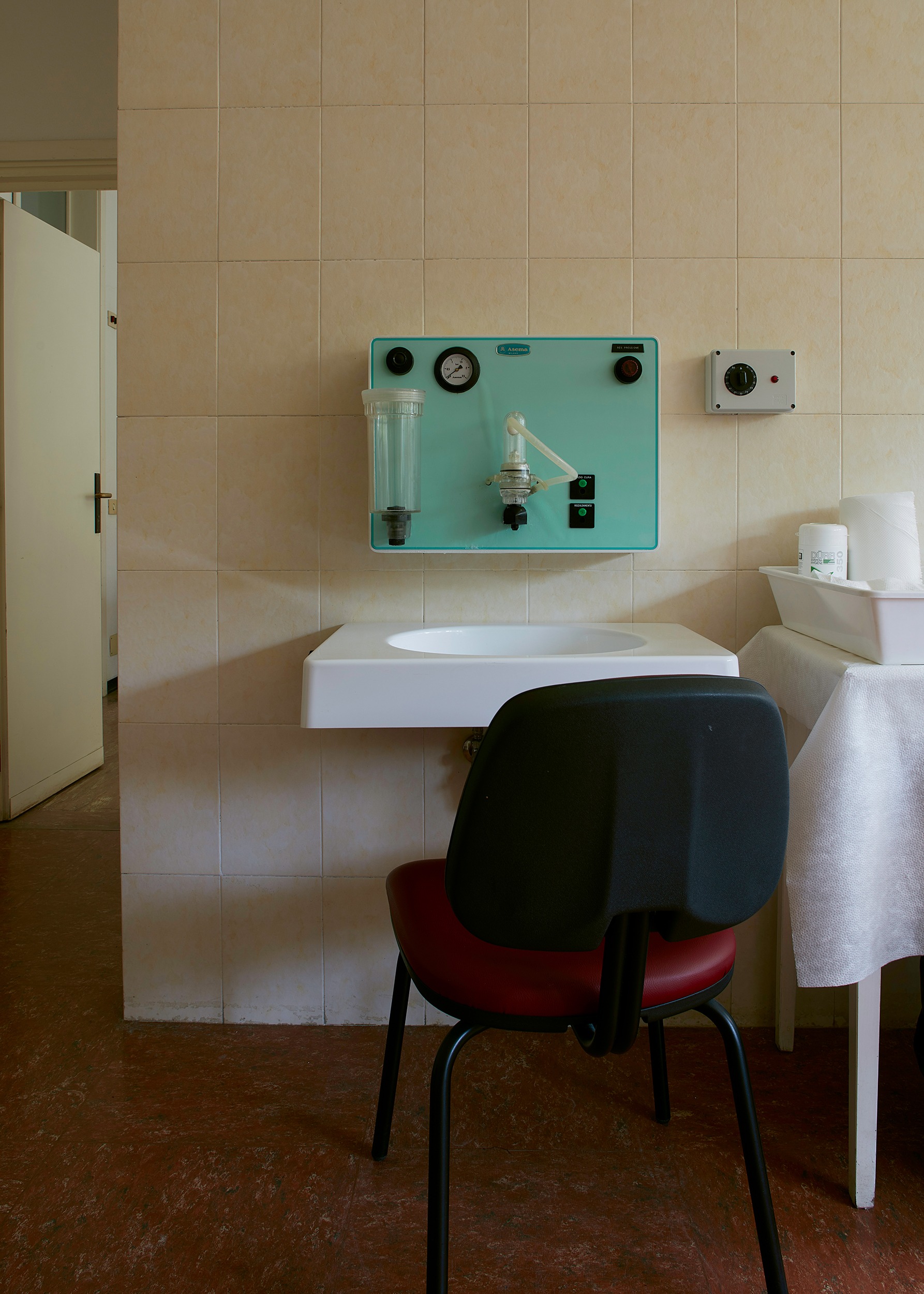
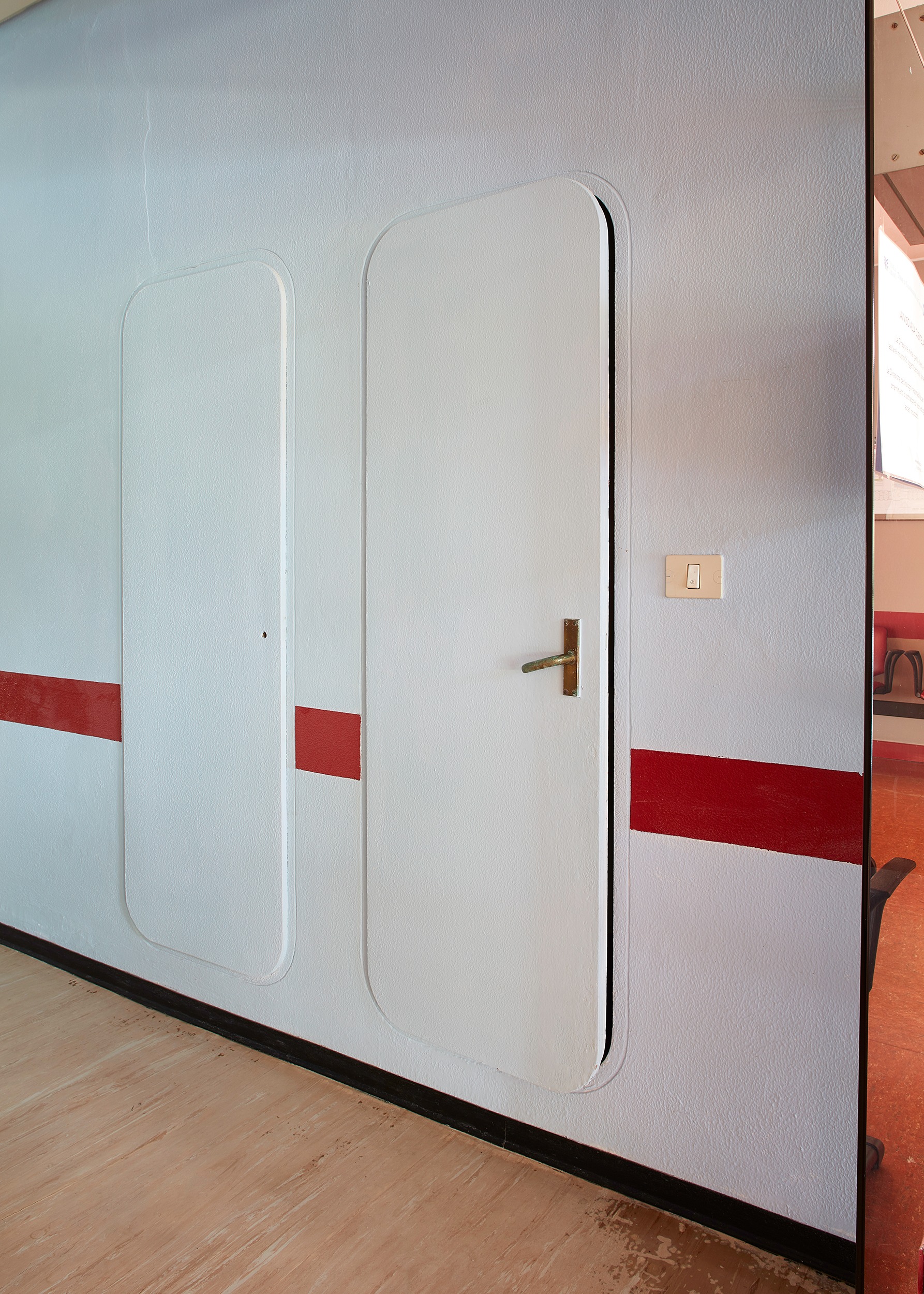
Use of these facilities is only available by prescription from a primary care doctor in the Italian public health service, which means that foreign visitors currently only make up a very small percentage of the total. “We are looking into agreements with neighbouring countries,” says Soranzo, enthusiastically. Stays are limited as the facilities are not designed to offer a day spa experience or just a massage: people who come to the spa undergo therapies that last a minimum of twelve days.“The best thing is to have treatment on consecutive days, but you can also get great results by spreading the total number of sessions over a two-month period,” he explains. “Our treatments are mainly linked to respiratory and fertility issues,” he concludes.
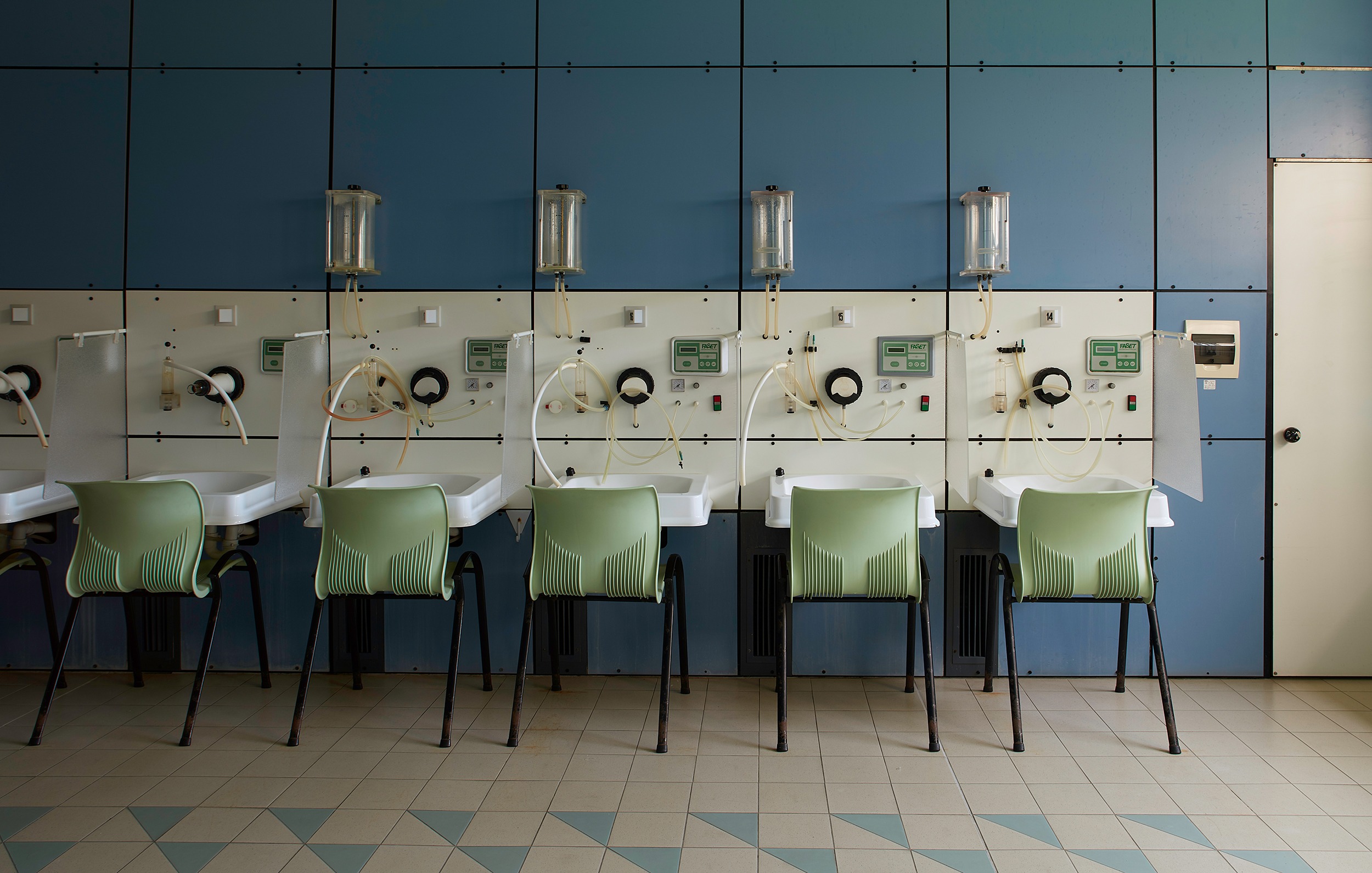
Between the 1960s and the 1990s, the Italian government promoted the use of spas, guaranteeing extraordinary holidays to people who wished to enjoy them. This trend gradually fell out of fashion and today, unfortunately, these places are no longer considered destinations for the young. These days, however, when the search for physical and emotional well-being has once again become a priority in many people’s lives, places like Terme Luigi Zoja are set to make it back onto wish lists. Given this scenario, the timing of its current refurbishment could not be better. The establishment will reopen in the spring, ready to welcome its usual guests as well as new ones.
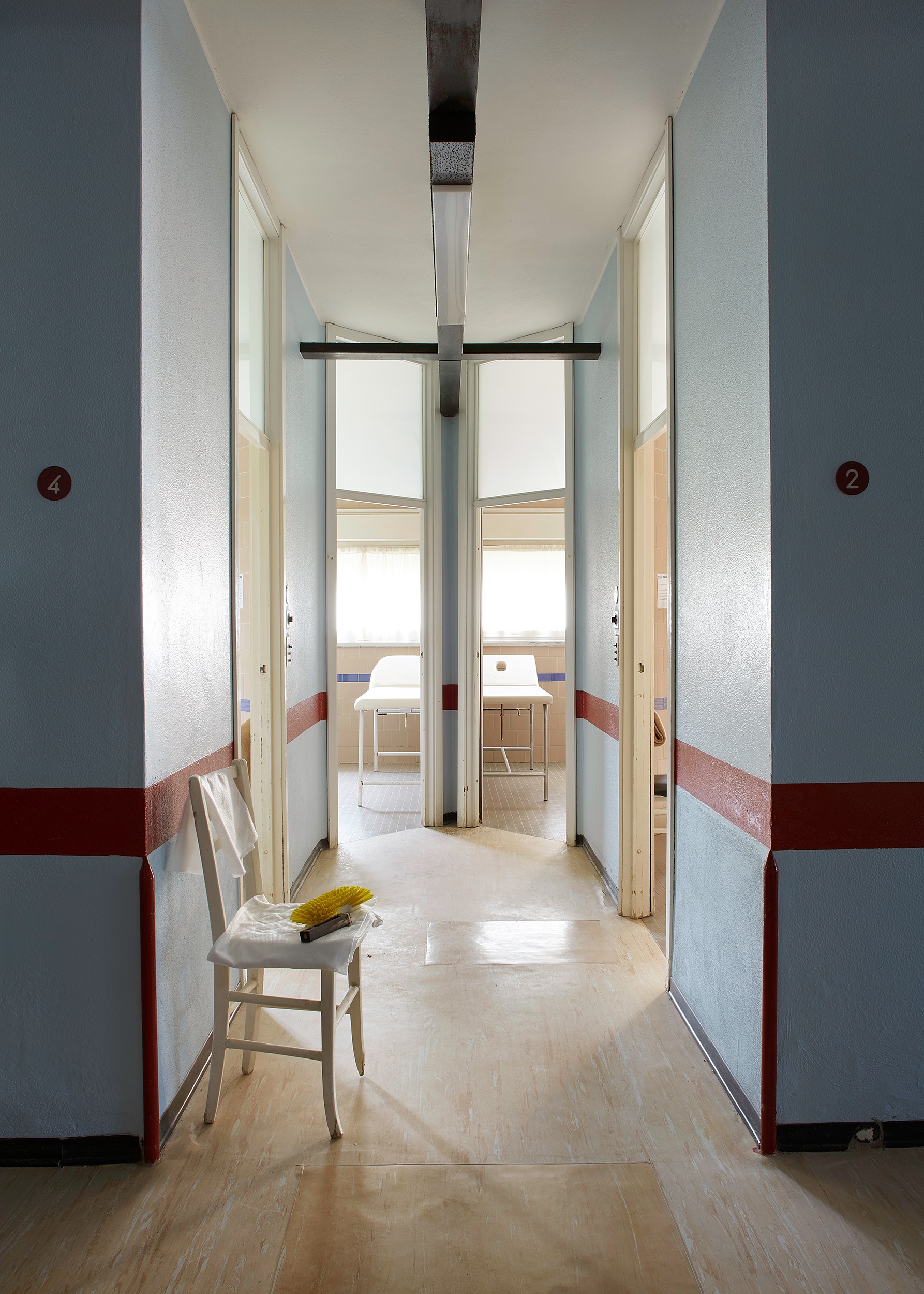
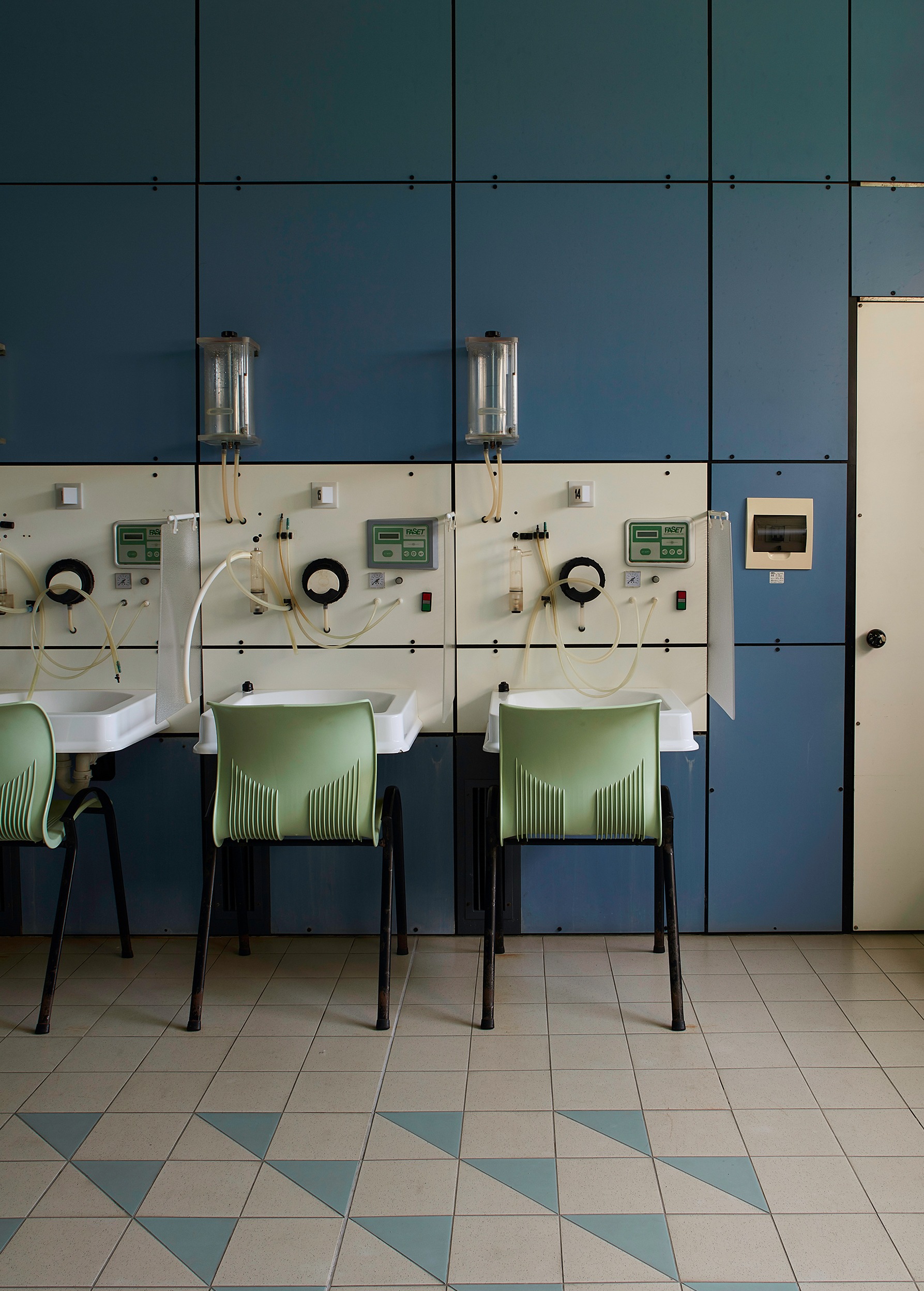
On the way back to Milan, I thought about how interesting it would be to return and see the complex filled with people walking along the corridors from one end to the other, enjoying the newly renovated spaces, as fresh as they were when the spa opened more than fifty years ago. A few days later, I realised that it would not be enough just to look at the place, but that I would have to actually experience it to give a first-hand account of the magic of all its architectural and therapeutic aspects.
